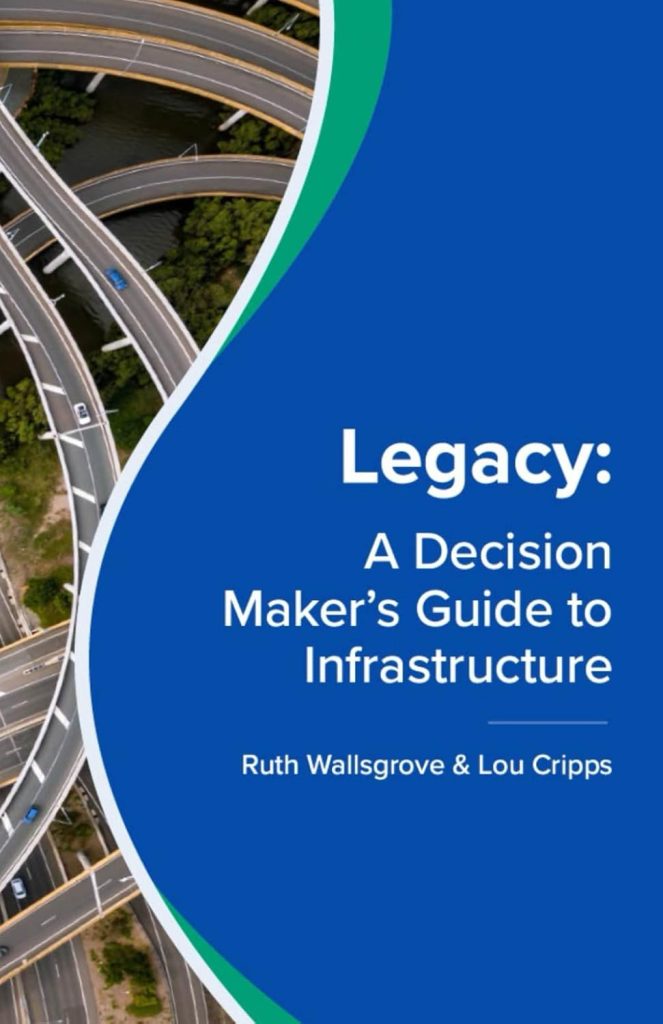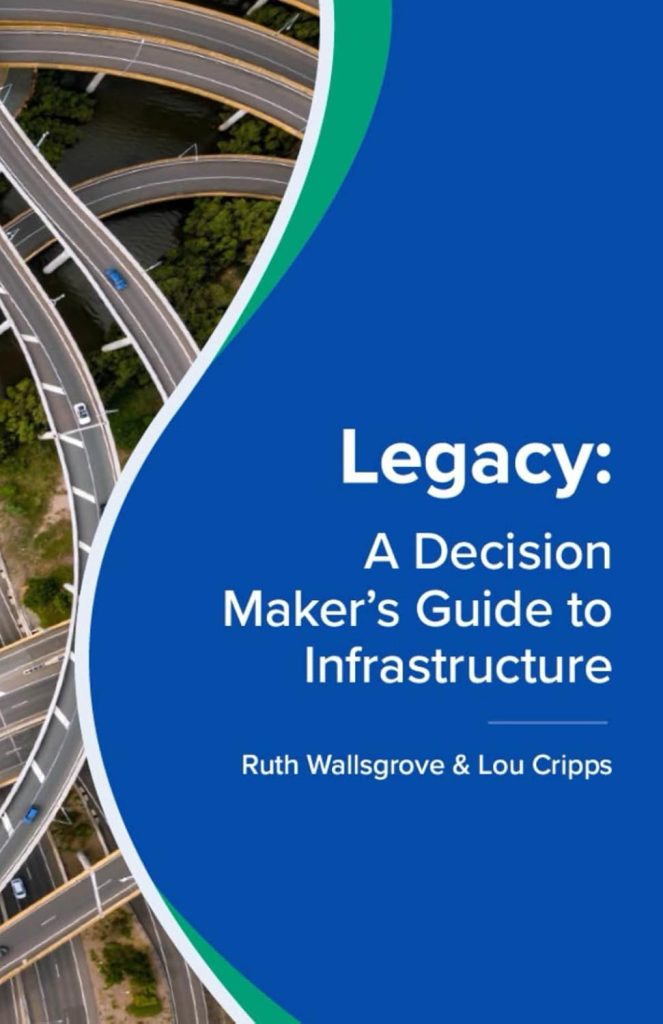
39167631 | Cartoon Teeth © Tigatelu Dreamstime.com
Why do so many organisations not have good long term plans for their assets? Why don’t they stick to their Asset Management strategies?
Being continually sucked back into short term reaction is one problem for infrastructure (and the more political the sector – such as transit – the worse it is).
And forgetting. New CEO, new CFO, someone coming in that simply hasn’t thought about what they are managing. Good Asset Management isn’t built into the furniture, the basic business processes enough. Someone ignorant of AM comes in and doesn’t even know what they are abandoning.
The need for tighter regulation may be, as Lou Cripps has said, just evidence that a sector isn’t doing a good job.
But I am coming to think that mandatory audit – as in government audit offices, or even internal audit enforced by non-executives as part of good governance – may be a key infrastructure AM tool.
Infrastructure, managed on behalf of communities, is too important and too long term not to manage well. Decision makers – whether C suite, councillors, board members – must be held to account for their decisions.
Regulated audit is one practical way to do this. Not simply the kind of quality control envisaged in ISO 55000, more the kind of visibility (and check for legality) of an annual financial audit. Not perfect, but a lot more companies would cheat on their tax without it!
Audit is not judging by results, but checks you did what you said you would do, that you followed the processes that you claim to use. Such as evidence-based budgeting and business cases for investment.
A good decision can still lead to less than good outcomes – but making it well is all we have for the long term.
Scrutiny of the process is particularly important when making decisions for the long term. This requires clarity and sticking to your principles. Being able to demonstrate you know why you made a decision.
I suspect audit with teeth is a natural companion to good longer term, more strategic thinking about our physical assets.
What is your experience of regulation audit in Asset Management?

Our communities have delegated the management of physical infrastructure assets to us – including the worrying about the systems, the future, and change.
A key AM principle is not to kick the can down the road. For example, if you can see you will have a shortage of resources to manage the assets in ten years’ time, you have to start to deal with that now. (It will take you ten years to sort out.)
In the world of physical assets, things generally only get worse when you ignore them.
Assets degrade, and what is a small risk one day becomes a bigger risk simply through time. A failing asset that you don’t deal with becomes a more seriously failing asset.
However, human beings in general are not very good about time.
- We focus more on present benefits than future benefits
- We are not naturally good at understanding risks
- We are poor at noticing and paying attention to anything that changes relatively slowly, as opposed to immediate crises.
Generally, the people in the communities we serve won’t always have a great understanding about physical assets anyway, and are not good at thinking ahead for their future.
Communities need to be able to delegate the responsibilities to people who are good at it: who specialize not only at the engineering and maintenance of physical systems, but at managing through time, for the future as well as today.
We need to tool ourselves up, flex our through-time mental muscles. What will the decisions we make now look like to ‘future us’?
We will not always get it right, but with physical infrastructure we need to be the ones who can start to think about risk and benefits in four dimensions.
It is not obvious who else is ever going to do this!
What tools have you successfully used to manage the future?
Summarised from Legacy, our latest publication


ID 48941664 | Crumbling Wall © Pzaxe | Dreamstime.com
Talking Infrastructure has been discussing why organisations do not make better use of longer-term Asset Management Plans (the AMP).
One challenge we have identified is that the decision makers – in the C suite, council, board – are not promoted for their ability to make tough decisions, but for their skills at keeping people happy.
I have nothing against informed compromise: after all, good practice Asset Management depends on trade-offs. On balancing performance, cost and risk, short term and longer term, different kinds of service against each other.
But do many senior decision makers feel that facts may hamper their room for negotiation?
The ‘fact’ we’ve discussed is not pulled out of big data, but the reality that assets wear out, or otherwise have time-limited lives.
Penny Burns’ original lifecycle model was focused on estimates ( from SME and local experience) of when we ought to replace assets. You might argue about the exact date, of course, and there’s room for investigation of optimal costs. But in practice executives don’t generally deny that things need replacing – if they think about it.
What I feel happens is the people who make the budgets try not to think about it, because that’s largely in the future. There are enough immediate problems!
Our experiences suggest executives understand there will be future costs, and risks, if this is put before them. A good graph of risk against expenditure, or a summary of replacement peaks and troughs for the next twenty five years.
One challenge is whether there is anyone to continue to put this in front of them. And in front of the next CEO or CFO or council members, when they come in not thinking at all about the fact the physical assets will need action, sooner rather than later, and someone has to think ahead about the money and resources to carry them out.
Because thinking about it might force hard choices – like to increase budget or lower standard of service.
What are you experiences with promoting the longer-term, lifecycle understanding of physical assets?
Does regulation and audits on AMPs help?

ID 172387461 | Bridge To Nowhere © Saltat007 | Dreamstime.com
Lou Cripps and I were pushed to write a book for infrastructure decision makers from our experiences.
Experiences of senior people – C suite, council and board members – who don’t think enough about what it means to make decisions about physical assets in particular.
Legacy attempts to capture the fundamentals. What do you think? What have we missed?
‘There are some universal features of physical assets that we ignore at everyone’s peril.
- Physical assets degrade over time: they do not get better with more use. And, if you stop maintaining them, they don’t stay as they are now, but get worse.
- Physical assets do not do what they are told – what we want them to do – just because we want them to. Authority and status don’t impress them. Wishful thinking has no place in successful infrastructure management; only careful understanding of the physical realities, built up through experience. So we are all dependent on people with experience, the people who actually work with them.
- We should not let ourselves, or the people who work for our organisations, get focused on physical assets for their own sake. The assets exist to deliver a service to the communities we serve. It has to be about building up our collective knowledge of the connection between the work we do on the assets and the levels of service that they deliver, which is rarely that easy to see, especially from the outside.
- We cannot manage our assets proactively – to stay ahead of them – if we do not continuously learn from them. This, we feel, absolutely demands openness about past performance. What really happened, and why.
For us, the right attitudes for managing complex, often dangerous, and expensive physical infrastructure must include:
- Respecting that none of us knows enough on our own.
- Realising that no asset decision in isolation makes sense.
- Always asking, if we do something – build this new railway, for instance – then what? What happens next?
Legacy: A Decision Maker’s Guide to Infrastructure


Legacy: A Decision Maker’s Guide to Infrastructure is published!
It’s a slim, elegant book aimed at councillors and C-suites to convey the realities of infrastructure, and the vital support a good Asset Management can provide to them.
Available as ebook or print on demand through Amazon.
‘Legacy: A Decision-Maker’s Guide to Infrastructure is not another technical manual. It’s a clear-eyed, call to rethink how we lead and make decisions about the physical assets that shape our daily lives – from water systems and roads to hospitals, parks, and transit networks.
Written by respected infrastructure thinkers, Ruth Wallsgrove and Lou Cripps, Legacy distills decades of frontline experience into practical guidance for those who carry the weight of stewardship. This isn’t about technology or buzzwords. It’s about responsibility. Clarity. Purpose. And asking better questions.’
Design by the wonderful Matt Miles – much gratitude again
see Resources

Jos van Ouwerkerk, pexels.com
People like us who are responsible for managing public infrastructure assets always leave a legacy. Good or bad, that depends on how well we do our jobs now.
Famously politicians, along with billionaires, are attracted to the idea of a shiny new asset with their name on it. They see themselves remembered and honoured every time anyone drives down a road named for them. But this is often not true.
Firstly, if the road is poorly designed and badly maintained, no-one will be honouring your memory.
Secondly, if this puts the community into long-term debt, or wrecks other community benefits such as a stream or potential for other services – anything that will prevent them from doing what is needed in future: this is a poor legacy. Even if not everyone remembers it was your doing, they will not think kindly about whoever was responsible for such short-sightedness.
Thirdly, by definition, it is a poor public servant who puts their own ego against the needs of their community.
What would be a good legacy?
What would you like to leave for future generations?

Photo by Marcus Spiske, from unsplash.com
‘I wish it need not have happened in my time,’ said Frodo.
‘So do I,’ said Gandalf, ‘and so do all who live to see such times. But that is not for them to decide. All we have to decide is what to do with the time that is given us.’*
What do envy and the attitudes of some people responsible for infrastructure at this time have in common?
Wishing things were different, instead of getting down and actively working to change things.
This was prompted by a conversation last week with an Asset Manager struggling to get their executive to stop moaning about how unlucky it all is, and start planning for what’s going to be needed going forward from Covid-19. People paid a goodly amount of money to take responsibility, who instead are acting like victims: everything would have been ok, if only….
Wanting the world on your own terms is not a strategy. Managing assets is for life, not just for Christmas, not just the good times.
It made me think again how vital the principle of honesty is for good infrastructure management. Chris Lloyd and Charles Johnson in their Seven Revelations of Asset Management (Assets, May 2014) put it like this: Asset Management demands openness about past performance. We have to face up to what’s gone on before, how well (or how badly) the assets are doing.
But we also have to honestly face up to change – even when it looks calamitous. That is what responsibility means.
Even discussing the deadly sins soon comes round to Asset Management!
The serious point is how we build up that sense of responsibility, in ourselves and in top management, to do our level best with what we have taken on. To commit to be better informed, better trained, to learn from best practice and to live it.
No-one forces anyone else to involve themselves in crucial infrastructure. You do not have to apply to be CEO of a public service, or run for election to the Council – but, having made that choice, it’s not a cushy number.
*J.R.R. Tolkien, The Fellowship of the Ring

Recent Comments